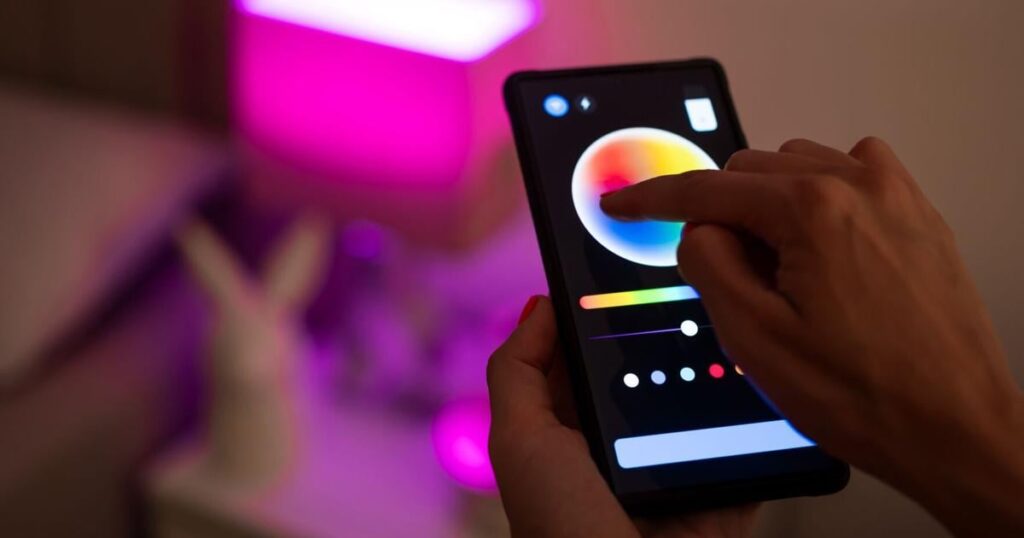You don’t need a six-figure income, a luxurious home, or a lot of tech knowledge to benefit from the latest smart home technology. Fortunately, in recent years, along with improvements in functionality and value, prices have become more affordable, leveling the playing field for consumers and households who benefit from these gadgets.
Kevin Connors, a professional organizer and homeowner who uses smart devices, says, “The proliferation of smart technology and appliances and accessories has brought the cost of this technology down significantly in recent years.” . “This is primarily due to the lower cost of the required computing power. Manufacturers are increasing We also need to maintain our competitiveness.”
Mary Jean, product development manager at Zetronix, a leading provider of small security products, says advances in technology, mass production and economies of scale are making these devices available to more Americans than ever before. I admit it.
“Low-priced home gadgets are perfect for busy professionals who want to save time and simplify daily tasks, families who want to enhance home security, and tech enthusiasts who want to integrate the latest technology into their home without making a large investment. , suitable for a wide range of consumers. Elderly people and people with disabilities can benefit from added convenience and independence,” says Jean.
Here’s an expert’s overview of innovative products every homeowner should consider.
- smart speaker. “For just $50 to $100, affordable products like Amazon Echo and Google Nest Audio allow you to easily control your home, play music, and integrate with other smart devices with voice commands. ,” says interior designer Sonu Iohia.
- smart light bulb. Smart color-changing light bulbs from brands like Philips and Wyze cost $10 or more and allow you to perfectly set the mood in your room via your smartphone or voice.
- smart plug. Smart plugs, such as TP-Link’s Kasa Smart WiFi Plug and other brands, can automatically schedule power to plugged-in devices to save energy. Many of these plugs retail for less than $10.
- A smart programmable thermostat. These devices, including Google’s Nest thermostat and the Honeywell Home RTH9585WF1004, are an alternative to old-fashioned thermostats that “help you save energy, maintain a comfortable home temperature, and learn about your climate preferences and schedule. ” adds Jean. Expect to spend over $100.
- robot vacuum cleaner. Brands like Eufy, Roomba (iRobot), and Shark offer self-cleaning without breaking the bank, are efficient, quiet, and easy to use, and typically cost more than $200.
- Video doorbell. Brands like Ring, Wyze, Blink Nest, and Arlo deliver valuable home security to your doorstep for just $40, offering crystal-clear video and often two-way audio communication.
- Touchpad electronic door lock. These devices often feature convenient keyless entry, allowing you to easily lock and unlock your door without taking out your keys. It also offers customizable auto-locks, easy code management, vacation mode, and more, all for $50 or more.
- Home media hub. Echo Hub and Google Nest Hub are among the standouts in this subcategory of digital smart displays that help you set up, manage, and control all the connected devices around your home, including lights, cameras, thermostats, and more. Expect to pay more than $100.
- Universal smart remote control. “For less than $50, gadgets like the AIFA i-Ctrl allow you to control any IR-enabled device with your smartphone or voice, without wires or sensors,” said Iohia. .
Carefully consider your internet speed and access before investing in these gizmos.
“You want to make sure you have a reliable internet connection at home to support your smart devices,” Jean suggests.
Also, choose a device that matches your comfort level with technology and DIY skills.
“Choose a product that fits your capabilities, or consider professional installation for more complex systems,” adds Jean.


